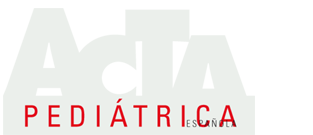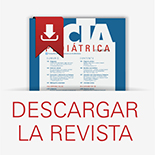Resumen
Objetivo: Conocer con precisión las características principales del recién nacido, hijo de inmigrantes, en el Hospital Clínico «San Carlos» de Madrid.
Material y métodos: La población de estudio la forman 2.759 recién nacidos hijos de inmigrantes, de los que 264 son hijos de africanas, 2.008 de americanas, 258 de europeas y 229 de orientales. Sus datos se comparan estadísticamente con los 3.990 recién nacidos hijos de españolas. Se analiza: sexo, edad gestacional, vitalidad y destino del recién nacido, tipo de lactancia, cribado metabólico y auditivo, y adopción.
Resultados: El 52% de los recién nacidos hijos de inmigrantes son niños y el 48%, niñas, y más de la mitad, primogénitos. De los que después del parto se han quedado con su madre, un 3,91% fueron pretérmino, un 93,72%, a término, y un 2,37%, postérmino. Los africanos y orientales fueron los que nacieron con más vitalidad. Casi el 94% recibió lactancia materna, frente a un 6% que tomó fórmula. A todos los recién nacidos se les efectuó un cribado metabólico y auditivo. El porcentaje de hipoacusias en ambos oídos fue similar en todos. Las madres que entregan más a sus hijos en adopción son las europeas, seguidas de las sudamericanas y de las españolas.
Conclusiones: El recién nacido hijo de inmigrantes, por la Ley de Extranjería, tiene el mismo derecho a la asistencia sanitaria que el nacido hijo de españolas, así que, cuanto mejor le conozcamos a él y a sus antecedentes, mejor se le podrá asistir para garantizar su salud.














